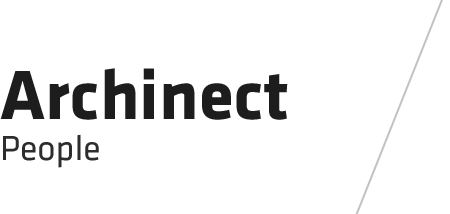
The Intermodal Hub in San Diego, California. The idea of the Hub is to address key problematic patterns of urban infrastructure. The pattern that occurs in most cities is independent and isolated transit systems, each system with its individual routes and stops. The problem is that there is no connection in this multilayered transit system when there are many instances of intersection. The hub serves as that 'connector' or point in which all forms of transportation meet and creates an oppertunity to introduce the High Speed Rail. The High Speed Rail (HSR) is a newly proposed, nation wide urban infrastructure project acting as an alternate, eco-friendly and faster mode of transportation.
The Hub site is simply pin-pointed by mapping out San Diego transit patterns and where they all make an intersection along with analysis of zoning ordinances that can be beneficial for locals and visitors. The site is located at two parking lots in the heart of downtown San Diego. Heavy pedestrian and vehicular traffic runs East to West (Broadway St.). A busy downtown-highway moves North to South (Pacific Hwy) while bus routes stop at each side of the intersecting street. There is also a neighboring Light Rail (LR)/trolley stop and an existing Heavy Rail (HR) station.
The goal for the Hub was for it to be used as a city center in which people can use for a variety of things rather than to just get on a train. The idea was essentially take the existing modes of transportation from their single layer and spilt it vertically into four separate layers . Thee of the layers contain a specific from of transportation. HSR being the top layer, pedestrian, vehicular and LR being the mid-layer/floor and the HR being the bottom layer. The layering helps organize program elements in the same manner:
waiting platforms - top
info and commercial - middle
service - bottom
Form is established similarly to program. Program elements work conceptually as massing which is then carved away by circulation patterns, both existing and proposed to provide easy building navigation. The building stretches over Broadway St. between two sites, each measuring out to approximately 60,000sf. The project requires a large space to accommodate train-car length (800'-minimum length) and to house program spaces needed for two major train stations and its information, service and commercial spaces.
The building works as a steel framed structure organized onto its two sites with two separate and slanted grid systems. Three grid lines extend an extra floor beyond to support a curved space-framed roof. The steel framing allows for floors and the roof to change from transparent to opaque surfaces to bring in light where needed. Mechanical equipment runs up a building 'spine' that is located on centralized grid lines. The spine runs along with all its conditions spaces which are are centralized and is also part of the roof support mentioned earlier. The entire station is an open air structure providing many garden and outdoor lounging areas that serve as waiting zones.
Building materials are assigned to either horizontal or vertical elements. Horizontal elements use a weather treated wood plank system similar to those used on shoreline boardwalks. The wood helps show direction throughout the building and also works to wrap around built in seating and other furniture components. Vertical elements use a combination of precast concrete and and free formed concrete. Concrete is used for ramps and and walls of the building. These two materials create a different aesthetic to the San Diego downtown area that can then make the Intermodal Hub a city center.
Project Details:
AutoCAD
Rhino 3D - Vray Rendering
Adobe Photoshop and Illustrator
Samsung NX10 DSLR
5th year capstone/thesis project
20-24 week project
For more information on this and many other projects go to my portfolio website
Status: School Project
Location: San Diego, CA, US